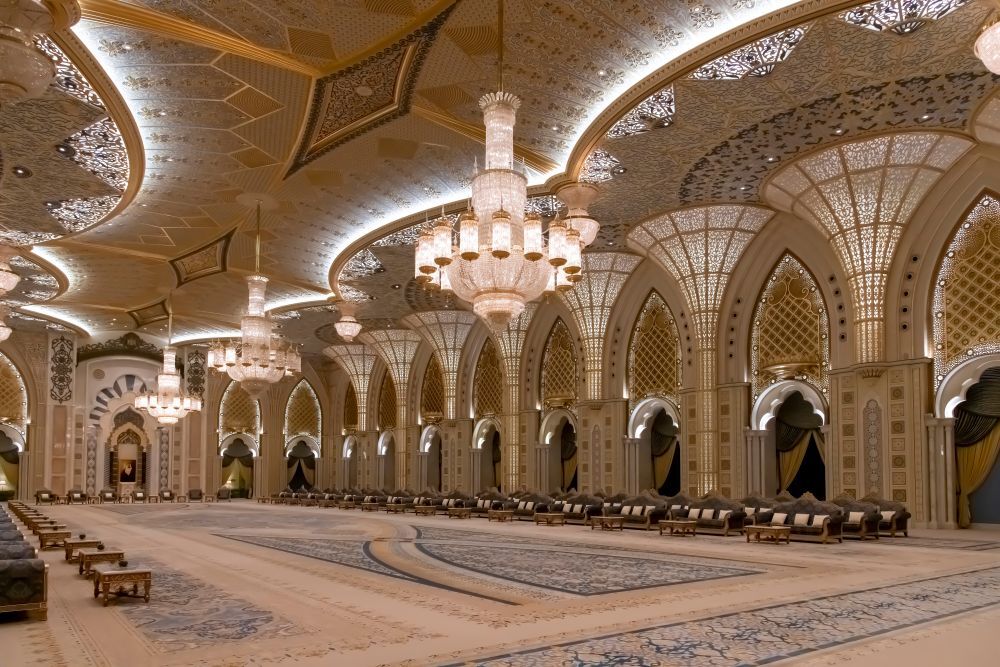Japanese Architecture Explained: Ancient Roots, Modern Masters
Today, Japan is a land of aesthetic contrasts. The zen temples and cherry blossoms of Kyoto and Nara feel worlds apart from the neon lights and steel skyscrapers of Tokyo, but all are bound by the same principles of proportion and spatial awareness. The influence of Japanese architecture is particularly prominent in the Western world: Frank Lloyd Wright, one of America’s greatest architects, credited Japanese design as a core inspiration, remarking, “If Japanese prints were to be deducted from my education, I don’t know what direction the whole might have taken.”
Traditional Japanese architecture is deeply rooted in Shinto and Buddhist thought. Shinto is an indigenous belief system centred on the ‘kami’ – divine presences that dwell in trees, rocks, rivers, and other elements of the natural world. It fostered a mode of building that honoured impermanence and renewal – the best example of which is the Ise Grand Shrine, which is ritually rebuilt every twenty years. Buddhism, which arrived in Japan later in the 6th century, brought a building style more focused on introspection, with pagodas and temple compounds that emphasised transience and the non-material.
Over the centuries, these influences have evolved into a richly layered design language attuned to both land and spiritual practice, from the irregular textures of wabi-sabi (the art of imperfection) to the wooden machiya townhouses of the Edo period.

The Features and Principles of Japanese Architecture
One of the most ubiquitous features of traditional Japanese design is extensive use of wood. While much of modern Japan favours steel and cement, traditional homes used wood with near reverence, refraining from any paint to showcase its natural grain and beauty. Rather than using nails, carpenters used elegant interlocking systems to join wood – a hallmark of Japanese craftsmanship.
As a material, wood ties into the Shinto idea of cyclical renewal: unlike the imposing lithic structures of Europe and the wider Western world, it’s organic and decomposes into the Earth quickly and naturally. It’s also a safer choice than stone in a land as seismically active as Japan, which records an average of 2000 earthquakes every year.
Perhaps the most visually distinct feature of Japanese architecture is the roof. Characterised by deep, vertically curved eaves, traditional roof structures are designed to bring in sunlight while protecting the windows from rain. In practice, this means windows can stay open during a downpour, allowing the ‘ameoto’ (the sound of rain) to drift in without letting the weather in.
Continuing the Shinto dialogue of home and landscape is the engawa, a veranda-like wooden corridor that runs along the edge of a house. While it’s often referred to as a ‘veranda’, the translation isn’t quite accurate as the engawa can be enclosed with sliding doors – a liminal space that is neither inside nor out.
For many Japanese architects, the garden is considered as carefully as the home itself. In contrast to the manicured lawns and orderly flowerbeds of Western tradition, Japanese gardens embrace asymmetry, with irregular rock placements and winding paths that reflect the wildness of the natural world. The concept of ‘shakkei’, translating to ‘borrowed scenery’, is also commonly used – a design approach that positions the home or garden to frame a specific element of the surrounding landscape, such as distant mountains or forests. A stunning example of this is the glorious Entsu-ji Temple in Kyoto, which ‘borrows’ views of Mount Hiei.
Read More: The Louvre Abu Dhabi
The Architects Shaping Modern Japan
While the skyline of 21st-century Japan is shaped by glass towers and high-speed rail, with Tokyo’s Skytree at its heart, many of its most respected architects still draw from traditional ideas. Kengo Kuma’s design for the Japan National Stadium, built for the Tokyo 2020 Olympics, layers cedar and larch wood sourced from all 47 prefectures, with open-air walkways that reinterpret the engawa on a monumental scale. Though deeply rooted in Japanese thinking, Kuma is dazzlingly fluent in global styles, with projects including the V&A Dundee in Scotland, the Cité des Arts et de la Culture in France, and the Hyatt Regency in Kuala Lumpur.
Tadao Ando, a self-taught Pritzker Prize-winning architect and former boxer, is best known in Japan for his mastery of light and minimalist concrete forms. His Church of the Light, completed in 1989 in Osaka, is a bare concrete room with a cross cut into the eastern wall, allowing sunlight to enter and form a shifting beam of light. A luminous cross is cast across the raw concrete, changing subtly throughout the day. Stripped of any ornament or decoration, the building is a study in spatial clarity – architecture reduced to its most essential form.
Equally influential is Pritzker Prize-winner Kazuyo Sejima, whose Glass Pavilion at the Toledo Museum of Art is a building of almost pure transparency. Made from layered sheets of curved glass, the building has no obvious beginning or end, blurring the boundaries between interior and exterior. Though its materials and form are unmistakably contemporary, it still reflects traditional Japanese values of lightness, openness, and a fluid relationship with the surrounding environment. Sejima’s residential work in Tokyo follows the same principles, favouring light-filled interiors, minimal partitions, and layouts that prioritise openness and flexibility, even within the tight constraints of the dense city.
Read More: Abu Dhabi Museums
Why Japanese Interior Design Is So Enduring
Japanese design approaches have integrated quite naturally into the Western world, particularly as sustainability becomes front of mind. Materials are natural and tactile: wood, bamboo, washi paper, and stone are favoured over synthetic substitutes. It’s in some ways an antidote to global mass consumerism – decoration is minimal and deliberate, often expressed through simple but well-crafted ceramics, seasonal branches or blooms, and hand-painted ink artwork.
This minimalism is informed by the concept of ‘ma’ – the space between things. Rather than filling a room, Japanese interiors give objects room to breathe. Negative space is treated as a presence, not a void, allowing light, air, and movement to shape the mood of the interior.
One of the most enduring features of Japanese interior design is modularity. Sliding panels (fusuma), translucent screens (shōji), and soft rush grass tatami floor covers are all still used in modern Japanese homes, creating a living space that’s highly adaptable to the season or occasion. Even the furniture is designed to be portable and flexible: low chabudai tables can be easily moved or folded away, and futons are rolled up and stored away each morning.
Final Thoughts
What we know as Japanese architecture today is not a singular aesthetic, but a set of principles and philosophies that have evolved across millennia. In a world that’s increasingly shaped by speed and overproduction, it’s a design language that feels more vital than ever – calm and deeply in touch with the landscape.



